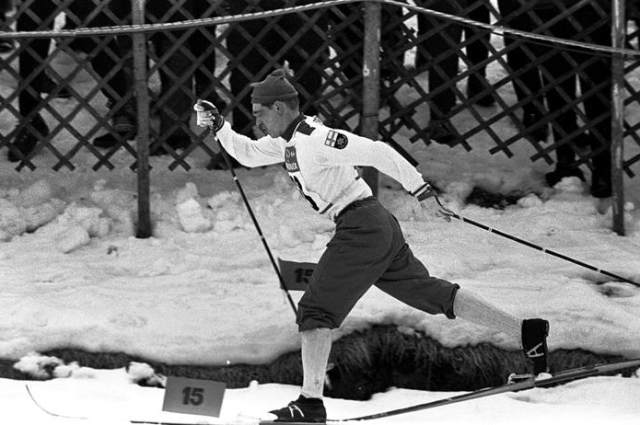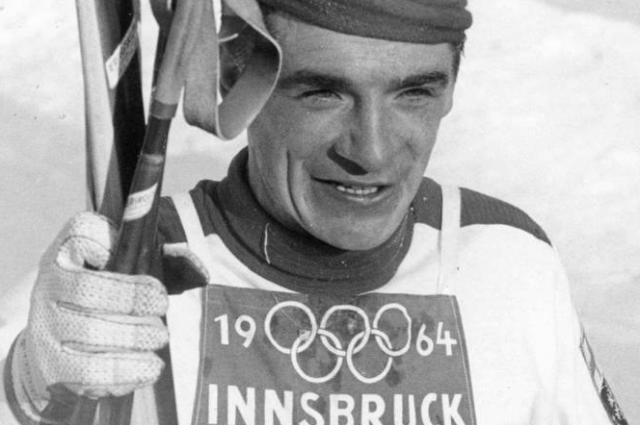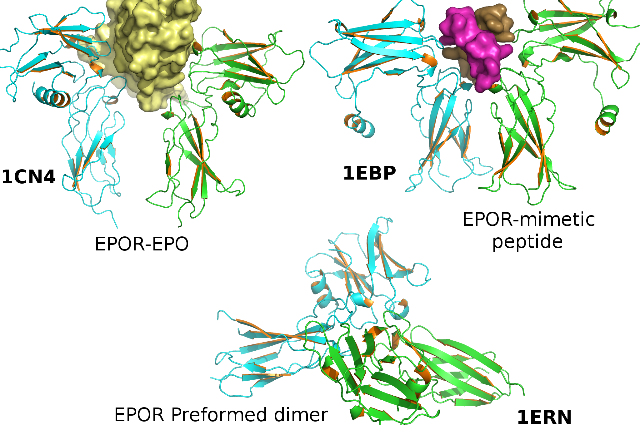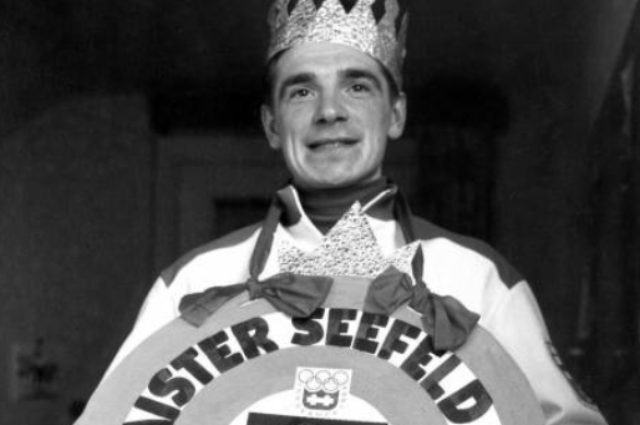
Source: self.gutenberg.org
There have been many great personalities in the world who have mesmerized people with their hard work and talent. Yet, there is a man who has impressed the world with his talent, hard work and, a unique genetic aspect in his body. This man’s name is Eero Mantyranta, and he was a three-time Olympic cross-country skiing champion from Finland. Eero has helped his country win the men’s 10-kilometer relay at the 1960 Squaw Valley Olympics and has won the 15-kilometer and 30-kilometer individual races at the 1964 Innsbruck Games. He also earned two Olympic silver medals and 2 bronzes, moreover, two world championship gold medals in Oslo in 1966 and Zakopane in 1962. Eero Mantyranta’s extraordinary performances made him one of the biggest sports personalities in the world. However, Eero’s life was full of controversies.
Despite all the success, hard work, and vibrant athletic abilities, Eero did not look physically impressive, yet he had a notable genome in his body. After seeing Eero’s extraordinary strength, researchers studied Eero Mantyranta and found that there was one particular part of his genome that was incredibly unique, the sequence of his EPOR gene. The researchers also studied his entire family and discovered that Eero was not the only one with that unique variant. Eero inherited it from one of his parents and passed it on to some of his children. He had uncles, cousins, nieces, and nephews who had it as well. Every single family member of Eero Mantyranta who had increased red blood cell levels had this unique variant.

The EPOR stands for Erythropoietin Receptor. It functions to bind Erythropoietin (EPO), which is a molecule that, when secreted by the kidneys, arouses the formation of new red blood cells. The kidneys secrete EPO in response to low oxygen levels, like at high altitudes where the air is thin. Endurance athletes will frequently train at high altitudes, decisively making a low oxygen environment, which allows their bodies to naturally produce extra red blood cells. In fact, EPO has been used as a doping agent by athletes, a practice banned since the early 1990s and enforced since the 2000 Olympic Games.
The result of this unique variant was notable blood statistics. Eero’s hematocrit, a measure of red blood cells, was as high as 60-65. General levels are around 40-45, his hemoglobin, a measure of how much oxygen you can carry in your red blood cells, was above 200g/L his whole life, while the typical male range is 140-180 g/L. These advantages, and his commitment to training, likely helped Eero to reach the leading endurance rank. Although a high red blood cell count has health risks, the major advantage is that it increases the oxygen-carrying capacity of your blood. More oxygen means your muscles tire at a slower rate, leading to improved athletic performance.

Source: commons.wikimedia.org
The EPO in the body does not act alone. Once secreted by the kidneys, EPO has to communicate with cells in the bone marrow. And that’s where EPOR comes into play. The indication to create more red blood cells happens when EPO binds to EPOR. Without EPOR, it doesn’t matter how much EPO you have, the signal will never get through. Equally, if EPOR is always bound to EPO, the signal is sent 24/7. And Eero had a very exclusive and very rare variant in his EPOR gene that made it seem like EPO was bound to it, conveying the signal. His EPOR was always proceeding, which intended that he certainly produced a massive number of red blood cells. And this unique genome capability of Eero’s body facilitated him to an extent to attain some athletic feats.
Apart from the unique genome aspect of Eero’s life, there is another side of the story. This three-time Olympic cross-country skiing champion was tested positive for doping in 1972. His name was also involved in gene doping, which is a technique or substance to manipulate the genes and cells to enhance performance.

Eero remained a famous personality despite testing positive for a type of drug named, amphetamines because doping was not seen as a big deal at that time and it wasn’t illegal as well. In later years, Eero also confessed to taking hormones to advance his skiing, though they were not illegal at the time.
In his 70s, Eero became ill for an extensive period. And he died in a hospital in Finland on 29 December 2013. However, his legacy always remained in his extraordinary achievements. He earned the name ‘Mister Seefeld’, referring to the venue where the cross-country skiing and biathlon competitions took place. The Finnish Ministry of Education appreciated him with the ‘Pro Urheilu Letter of Recognition’ in 2000. And there is also a museum centered on Eero Mantyranta in his birthplace of Pello. Eero’s legendary journey was full of ups and downs, yet, he earned a huge name in the world of sports.
_____________________________________________
Reference:
- www.olympedia.org
- www.britannica.com
- www.sciencedirect.com
